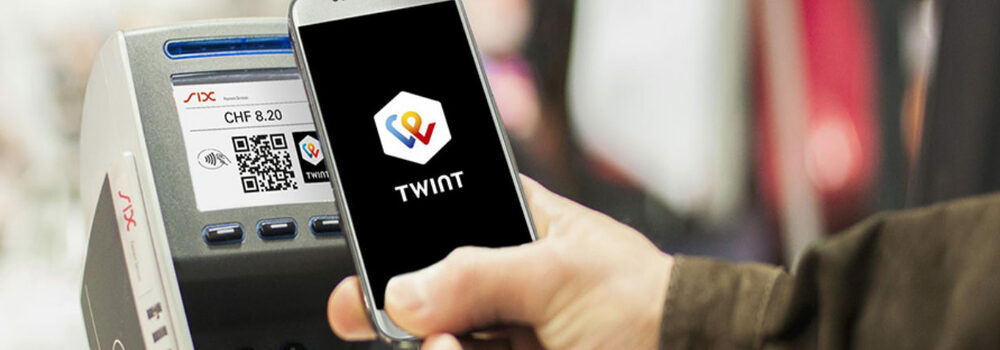TWINT
Challenge
Shipping of new features in an agile environment, fast and frequent releases have to be manually tested for multiple mobile devices
Solution
Choosing the appropriate technique helps to combine the fast, near-development tests with frequent and thorough regression tests
Results
Improved decision making for management, increased confidence of releases
What is TWINT?
TWINT offers a mobile payment solution in Switzerland, with a free mobile application for end-customers, while merchants also enjoy better fee rates compared to regular solutions. They have now over 1.5 million registered users, for whom they offer quick mobile payments in shops, webshops, vending machines or at parking automats, easy access to donation options and participation in cashback campaigns.
We started to work with TWINT 2 years ago, with a team of an experienced test manager and three certified testers. Since then, we have tested 7 major releases, 15 minor releases and 14 releases of the frontend component.

Our Services In The Project
1. Test planning and tracking
The test manager plans all testing related activities, tracks the testing progress, and intervenes in case of deviations from the plan.
2. Test design and preparation
We write and maintain the test case documentation based on the existing requirements specifications; we also take care of preparing the test data so that we are able to execute the tests in the next phase.
3. Test execution
The testers run the prepared test cases according to the test plan, on the defined test levels: this means detailed tests of new functionality, or regression test runs in order to ensure that each functionality, which was delivered in previous releases, still works as required after the integration of new additions to the software.
4. Test reporting
Our test manager prepares test reports to provide the necessary information for the project stakeholders (release management, product owners) about the quality level of the tested applications and informs them in a timely manner about project and product risks, together with proposed solutions for their mitigation.
How the team works
Our team works as an integrated part of the whole project team of TWINT:
- We are members of the cross-functional agile teams and participate actively in the sprints (planning, estimations, effective work, retros).
- We are conducting end-to-end tests, which means that we work closely together with both the frontend and backend teams in order to be able to test entire business processes.
- In the organisation, we are part of the Quality Assurance team, which is responsible for all quality related activities within TWINT.
- We are in daily contact with the whole international team of TWINT and their 3rd party providers: we attend daily project meetings, daily team meetings, weekly release board meetings, demos, handovers, etc. The official project language is English, but we have team members who speak German as well, which enables an even smoother integration.
Our tasks
We are testing the whole TWINT ecosystem, which consists of 3 applications: native mobile applications on iOS and Android for the end-customers, a web application for TWINT’s own service desk and a web application for merchant self-registration and self-administration. We are also responsible for ensuring that the integration of these applications with the products or services of 3rd party vendors works correctly.
During a release, we cover the following test levels:
- Functional testing of new and updated features: we compare the new or updated parts of the software to the requirements to ensure that the end product not only works without errors, but it actually does what it is supposed to do.
- Regression testing of previously working features: we go through all of the features which were added in previous releases in order to be able to see if the unchanged aspects of the applications still function correctly, even after the introduction of changes.
- Compatibility tests: we perform tests on 30 different mobile phones and on 10 different internet browsers in order to check whether or not the applications are compatible with the most commonly used devices and browsers. The selection of those phones and browsers is based on monthly usage statistics from production, so that we are always up-to-date with the tests.
Conclusion
The TWINT project holds a special place in our hearts because of its focus on testing as a service: not being able to control the whole development process and being part of a distributed team brings very special challenges, which we embrace as new learning opportunities to be able to support our customers efficiently.